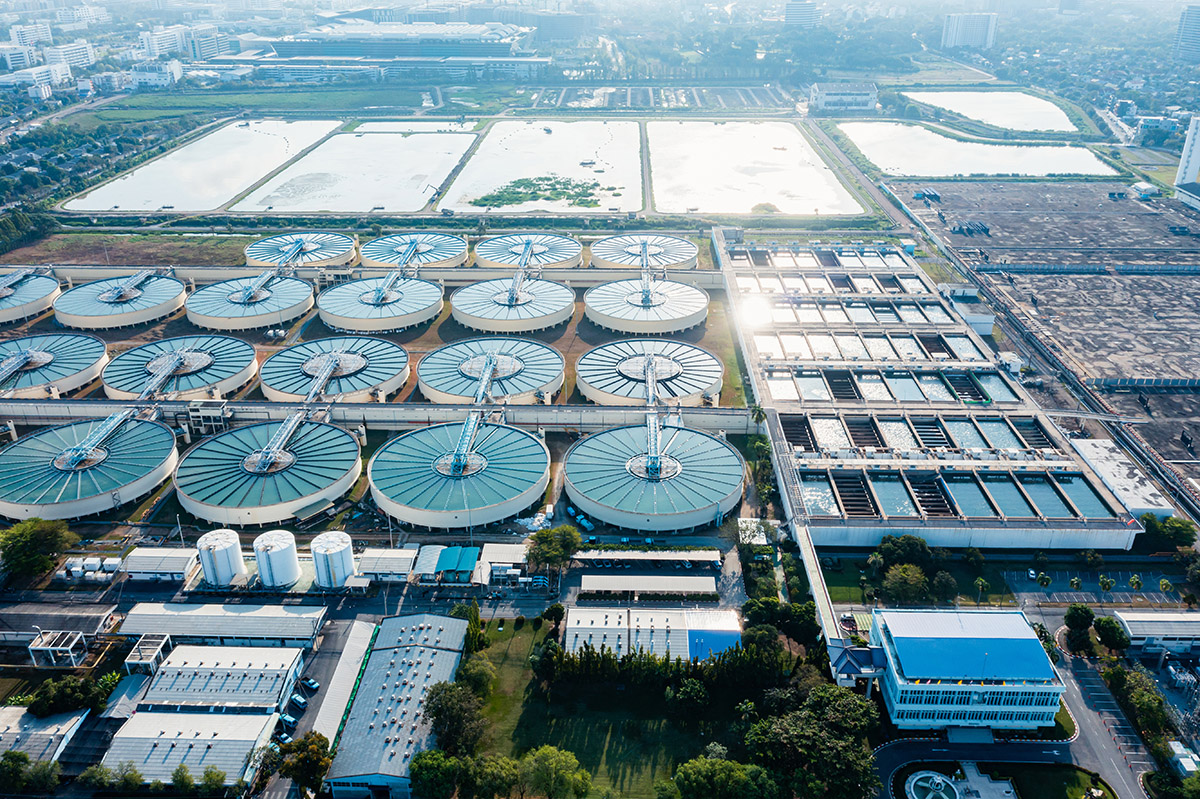Maximize Your Benefits: Navigating the SS Increase for 2023Maximize Your Benefits: Navigating the SS Increase for 2023
Imagine waking up to find a little extra cash in your bank account. That’s the reality for millions this year with the **SS Increase for 2024**. Embarking on an exploration of the SS Increase for 2024,we’ll dissect its formulation and scrutinize its effect on your economic well-being.
This hike isn’t just about numbers; it’s about maintaining your lifestyle amidst rising costs. From understanding the boost in social security benefits to navigating changes in taxes and Medicare premiums,we’ve got you covered.
By the end of our discussion,you’ll be better equipped to plan ahead and make informed decisions that secure not just today but also tomorrow. Embarking on this journey,we’ll gradually demystify the complexities surrounding your finances.
Understanding the 2024 Social Security COLA Increase
What is a COLA?
The Cost-of-Living Adjustment,or COLA for short,acts like your social security’s shield against inflation. Imagine every year,things get more expensive but your social security check stays the same. That wouldn’t be fair,right? That’s where COLA comes in. It adjusts your benefits based on changes in the consumer price index to make sure you can still afford what you need.
To dive deeper into how it works,visit the Social Security Administration website. They use data from the Consumer Price Index for Urban Wage Earners and Clerical Workers (CPI-W) to figure out each year’s increase.
Latest COLA Announcement
In 2024,there was quite the buzz when it was announced that Social Security and Supplemental Security Income (SSI) benefits would see a 3.2 percent jump starting January of next year. For more than 71 million folks in the U.S.,this tweak means their Social Security and SSI payments will stretch a bit further for daily needs.
This adjustment isn’t just pulling numbers out of thin air; it’s calculated with precision using CPI-W figures from the current year compared to last year’s average CPI-W. And let me tell you—this bump up means extra cash in hand for those depending on social security checks for essentials like food and health care.
The Financial Impact of the 2024 COLA on Beneficiaries
Benefit Adjustments and Your Pocket
Imagine your monthly social security check got a little heavier this year. Thanks to a 3.2 percent increase,over 71 million Americans will feel their wallets expand slightly. But what does that mean for you? With the Social Security Cost-of-Living adjustment for 2024,those receiving social security benefits can expect their purchasing power to stay in line with inflation.
Amidst soaring prices for essentials like food and fuel,this enhancement in benefits is crucial to keep pace. Yet,there’s more at play here than just an extra few bucks in your account each month. In an effort to keep up with the escalating expenses of daily life,this modification is designed to assist recipients in preserving their lifestyle by adapting to the wider financial shifts.
Navigating Changes in Taxes and Premiums
If you thought taxes were straightforward,think again. The taxable maximum income subject to Social Security tax has climbed up too – reaching $168,600 now. This means wage earners above this threshold will contribute a bit more towards Social Security funds.
But wait,it’s not all take-home increases; Medicare premiums also get a tweak with these changes—think of it as giving with one hand while taking with another but doing so gently enough that most folks still come out ahead financially after all adjustments are accounted for.
Adapting Budgets to Accommodate Annual Increases
Every year,the dance between our budgets and the annual COLA (Cost-of-Living Adjustment) takes a new turn. The 2024 Social Security COLA increase is set at 3.2 percent,impacting over 71 million Americans who will see their benefits rise starting January 2024.
This uptick means more than just an extra few dollars in your pocket; it’s about maintaining purchasing power amidst rising costs for essentials like food and health care. Yet,this boost also nudges up the taxable maximum earnings subject to Social Security tax to $168,600.
Smooth sailing through these economic tides might require an immediate reevaluation of your financial plan. Start by scrutinizing current expenses against expected income changes due to the higher COLA. This foresight can prevent financial turbulence down the line.
Future Planning Tips with Expected COLAs
Thinking ahead pays off—literally when it comes to retirement age planning with anticipated higher COLAs in mind. Adjusting savings strategies today can secure comfort tomorrow as both social security checks and living costs swell.
Grasping the personal ramifications of each uptick in benefits is key,a feat simplified by keeping abreast with official bulletins from the Social Security Administration.
Incorporating future expected increases into long-term financial plans not only safeguards against inflation but also ensures that every dollar works harder towards achieving lasting financial well-being.
